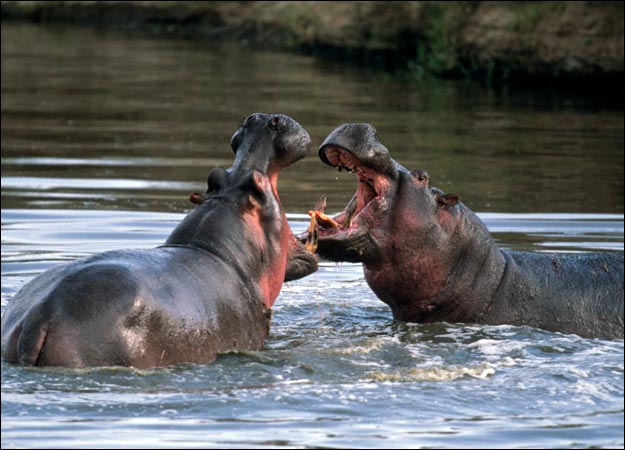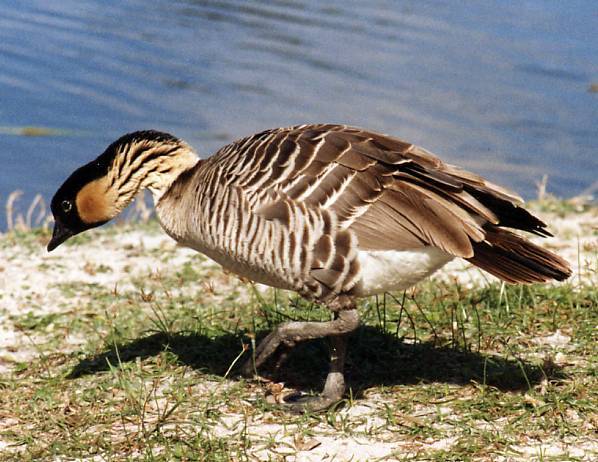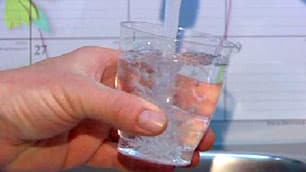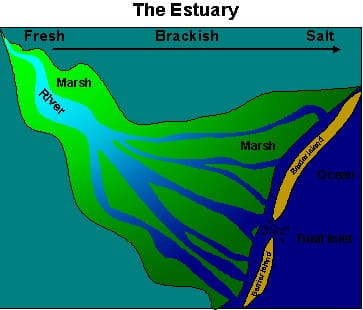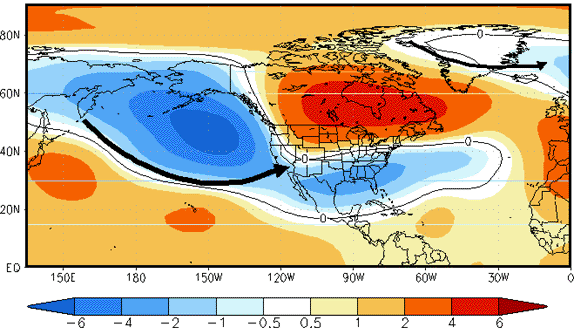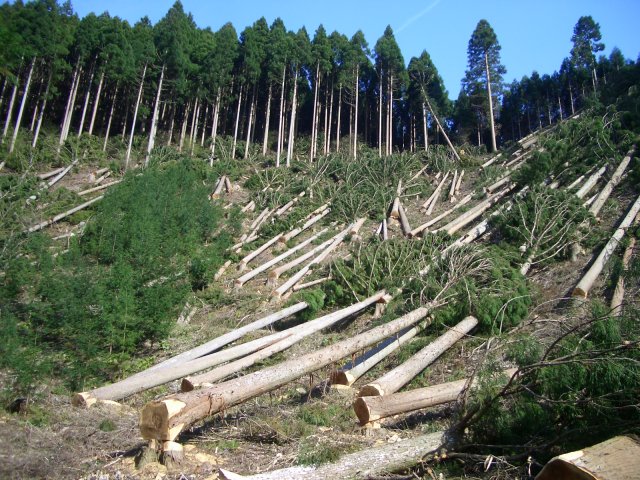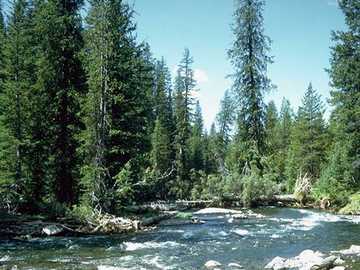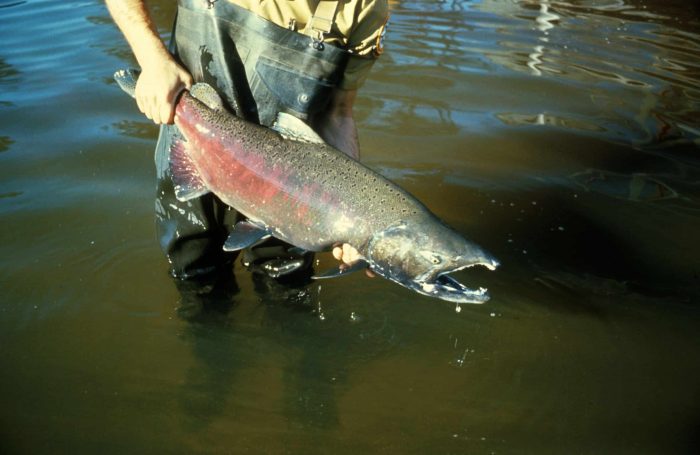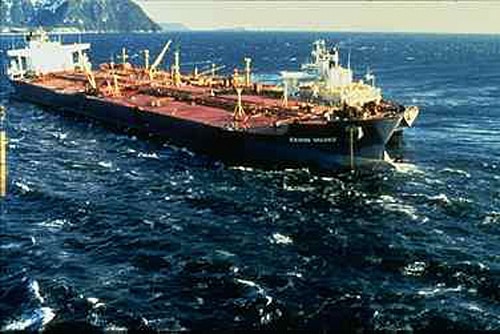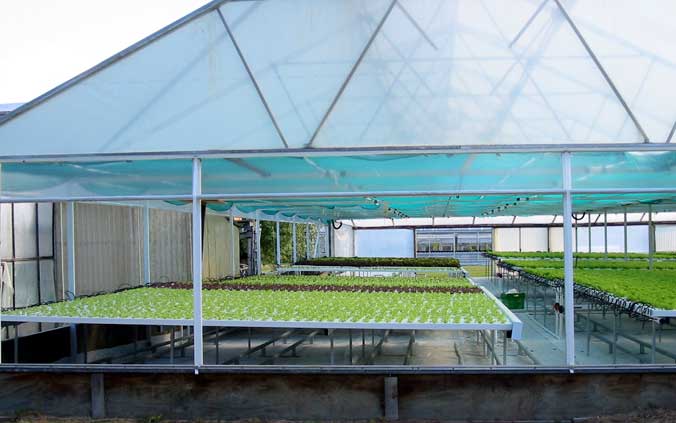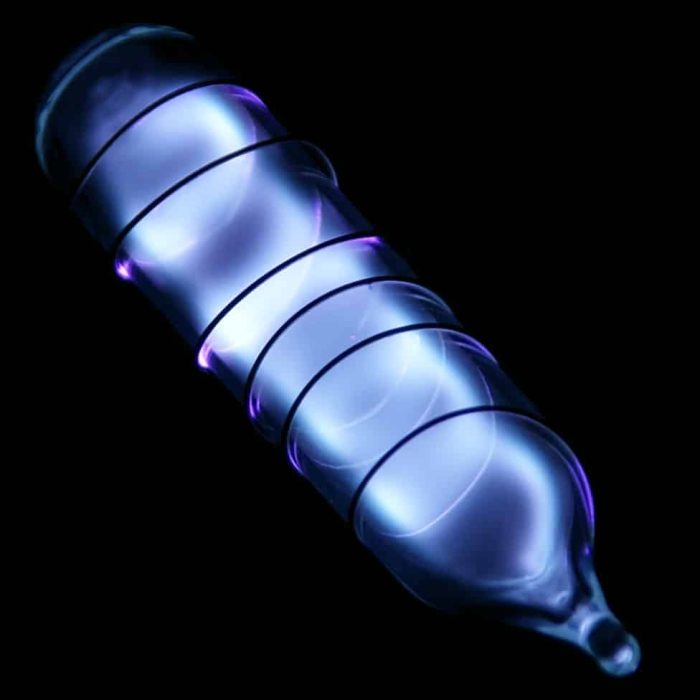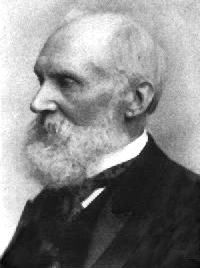William completed his Bachelor of Science and Master of Arts in 2013. He current serves as a lecturer, tutor and freelance writer. In his spare time, he enjoys reading, walking his dog and parasailing.
Article last reviewed: 2022 | St. Rosemary Institution © 2010-2025 | Creative Commons 4.0
The ban on elephant ivory trading has slowed down the poaching of elephants, but now poachers are getting their ivory from another creature, the hippopotamus. For the poacher, the hippo is an easy target. They stay together for long hours in muddy water pools, as many as eighty-one can be found in a single square…
A plant exists that is so strong that it can be grown without requiring chemicals in almost every part of the world. Many have touted this plant as a possible way in which to wean society from its dependence on fossil fuels for energy and the need to log forests for pulp, paper and wood. …
The Branta sandvicensis, or Hawaiian goose looks similar to the Canada Goose except only the face, cap, and hindneck are black; and Nene have buff-colored cheeks. The males and female have the same plumage. The feet of this goose are not completely webbed like the other geese. Lots of calls have been described but the…
Fluoride is a mineral that occurs naturally in almost all foods and water supplies. The fluoride ion comes from the element fluorine. Fluorine, the 13th most abundant element in the earth’s crust, is never encountered in its free state in nature. It exists only in combination with other elements as a fluoride compound. Fluoride is…
An estuary is a coastal area where fresh water from rivers and streams mixes with saltwater from the ocean. Many bays, sounds, and lagoons along coasts are estuaries. Portions of rivers and streams connected to estuaries are also considered part of the estuary. The land area from which fresh water drains into the estuary is…
Typically, the level of ocean water around the world is higher in the western Pacific and lower in the eastern, near the Western coast of South and North America. This is due primarily to the presence of easterly winds in the Pacific, which drag the surface water westward and raise the thermocline relatively all the…
The subject of deforestation and the effects that it has on the environment have been heavily debated for a long time; particularly over the last few years. Governments and large lumber companies see large profits in the mass deforestation of forests and state that their actions are having few, if any, harmful effects on the…
A deciduous forest, simply described is a forest that is leafless during the winter. Strong species make up this type of forest, meaning that the species can tolerate a wide range of conditions. In the extreme northern latitudes, the growing season is short causing the trees to be leafless the majority of the year. The…
Among the many kinds of fish harvested each year by commercial fisheries is the Oncorhynchus tshawytscha or Chinook salmon. The United States catches an average of about three hundred million pounds of salmon each year. However some Chinook salmon have been recently listed as threatened. Man has been the main cause for the decline in…
In March of 1989, the Exxon Valdez oil tanker ran aground on Bligh Reef in Prince William Sound, Alaska. An eighteen foot wide hole was ripped into the hull, and 10.9 million gallons of crude oil spilled into the ocean. In the following weeks, many things transpired. This paper will discuss the cleanup, the damage,…
The History of Aluminum use Aluminum is now one of the most widely used metals, but one of the hardest to refine due to it’s reactivity with other elements. Even as late as the turn of the century, Aluminum was considered very valuable and in turn expensive, even more expensive than gold. In some cultures,…
HYDROPONICS derives its name from the Greek HYDRO-PONOS meaning water/labor. Literally, “Hydroponics” means “Water Work.” There is no soil in a hydroponic garden. No organic matter is present so nourishment (Nutrient) is not available to the plants in the same was as it is in a soil garden. Instead, nutrients are added to the water. …
is element number 54 on the periodic table of the elements. It has a mass of roughly 131 atomic mass units. There are 77 neutrons and 54 protons in the nucleus of the atom. The symbol for xenon is Xe and it belongs to the family of elements called the noble gases. It is called…
Tin’s discoverer is unknown but one thing is known. Tin has been used and discovered by the ancients. Tin was an accidental discovery. Tin has been around for many years. Proof is in the fact that tin is mentioned in the old testament of the bible. Tin had a great effect on the world because…
William Thomson (later Lord Kelvin) was born June 26, 1824 in Belfast, Ireland, and was part of a large family whose mother died when he was six. His father taught Kelvin and his brother’s mathematics to a level beyond that of university courses of the time. Kelvin was somewhat of a genius, and had his…
A Vitamin is any organic compound required by the body in small amounts for metabolism, to protect health, and for proper growth in children. Vitamins also assist in the formation of hormones, blood cells, the chemicals of the nervous-system, and genetic material. The various vitamins are not chemically related, and most differ in their physiological…
Antihistamines are drugs that block the action of histamine. Histamine, also known as histamine phosphate, an amine (beta-imidazolyl-ethylamine, ergamine, or ergotidime) that is a normal constituent of almost all animal body cells. Histamine is also found in small quantities in ergot and purified meat products and is produced synthetically for medicinal purposes. In the body,…
Sulfonamides, the chemical name for sulfa drugs were the first chemical compounds to provide safe and effective treatment to most common bacterial infections. Before the use of penicillin after the mid 1940’s, Sulfa drugs played a major role in antibacterial treatment which resulted in a sharp decrease in deaths due to such bacterial infections. In…
Acetylsalicylic acid, commonly known as aspirin is one of the most widely used analgesics in the world”. Used by Ancient Greeks and Native Americans it was used to reduce fever and pain and could also be used as an anti-inflammatory agent. It interferes with tissue contractions of the prostaglandin’s which are chemicals involved in the…
Carbon, an element discovered before history itself, is one of the most abundant elements in the universe. It can be found in the sun, the stars, comets, and the atmospheres of most planets. There are close to ten million known carbon compounds, many thousands of which are vital to the basis of life itself (WWW…

